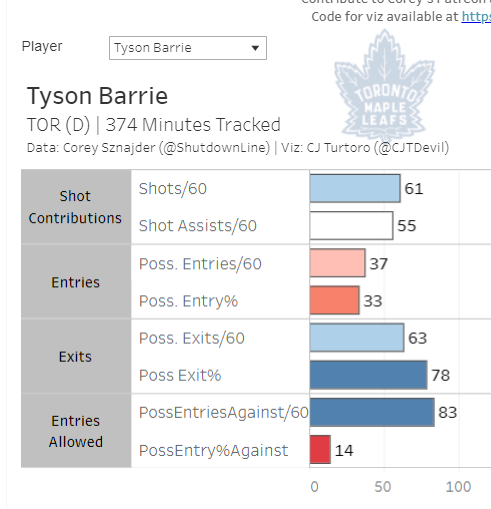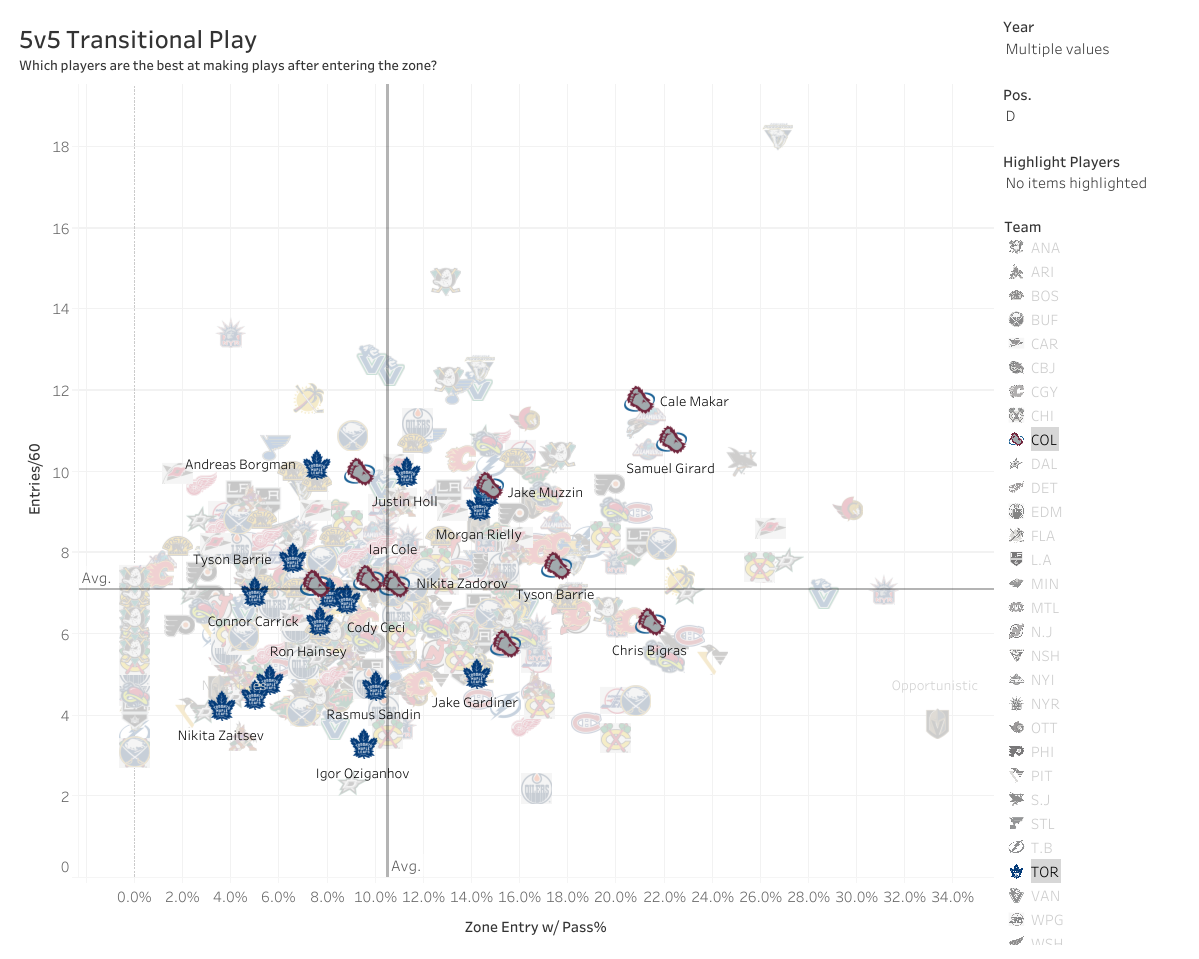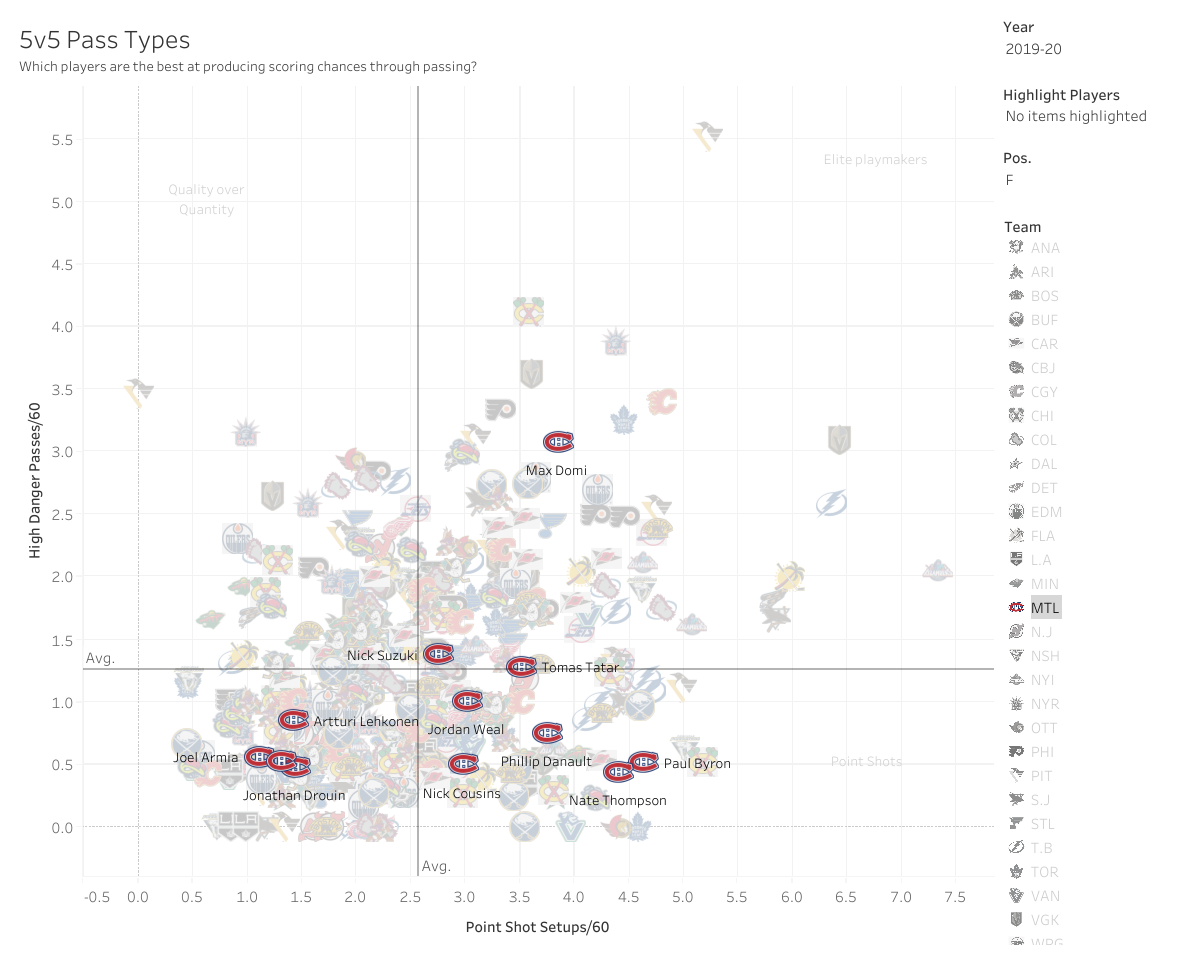Every year I go into the start of free agency with the goal of not letting it consume my day because for the most part, it’s just teams exchanging depth players with one or two big splashes here and there. Even then, we have an idea of where the more impactful players are going to sign a few days before they’re announces. It always draws me in, though. There’s just something about the constant stream of news & rumors breaking that makes you want to pay attention even if most of it is insignificant at the end of the day.
There was no greater example of that than in 2012, which was my first time “covering” free agency as a blogger. I had all my articles written on Shutdown Line & was prepared for a big day. Then a huge storm happened the night before & knocked out my power for two days. I was so pissed. It was my first time getting to play fake reporter & I was left in the dark on basically everything. Then I opened my computer two days later only to find out that nothing happened. Parise & Suter hadn’t signed yet, the Hurricanes signed Joe Corvo, Sami Salo went to the Lightning, Alexander Semin was still unsigned & that was basically the end of it. I didn’t really learn my lesson the following years, this one included. I was glued my phone or computer for most of the day wanting to fire off the first take about Tyler Pitlick signing with the Coyotes or whatever the latest signing was at the moment.
What always gets me about this day is how much information people like me have to regurgitate & how we have to act like we care about the best interests of every team in the league. I don’t care what the Calgary Flames do 85% of the time, yet I spent at least five minutes staring at their CapFriendly page thinking about what the hell their long-term plan is after signing Jacob Markstrom & Chris Tanev. As analysts, we we’re always the first to question everyone’s team building philosophy and say what could have done better. Hockey is probably the easiest sport to do this in because there are a lot of sub-optimal signings, trades & draft picks made every year. Sometimes I just want to say “not my team, not my problem,” but it doesn’t take much to set off the alarm.
Even with how mundane the signings & trades were this past week, it felt like everything on social media was some dick measuring contest on who could have the most correct take, the prettiest chart or throwing a fit because someone had a slightly incorrect take on a signing. I fell into the trap, as well. You have to pretend you’re an expert on at least 100 players just so you can get a quick word out on Twitter with whatever chart you made with your take added on. I don’t mind it sometimes. Even if you watched the games, it’s hard to throw out a detailed, substantial report out on someone who you last saw in August at the earliest. I know TJ Brodie’s a good puck-mover and a very solid player, but do I really know if he’s a better fit in Toronto than Tyson Barrie?
Defensemen analysis is even trickier for me because I feel like the player’s environment has more of an impact for defenders. Brodie was a mainstay in Calgary for years with Mark Giordano. What’s going to happen when he’s paired with Morgan Rielly? Are the Leafs just getting a less-turnover prone version of Tyson Barrie, or is Brodie good enough to put their team over the top? That’s the only thing that matters for a team like Toronto, right? Going deep in the playoffs? Sometimes I think the old free agency mantra of “acquire good players & sort it out later” isn’t good enough for a team like them who wants to get over the hump.
Same for a team trying to get out of the basement like the New Jersey Devils with bringing in Ryan Murray, who is a top-pairing defender or a third pair guy depending on who you ask. I think Columbus insulates their defensemen to a point (Jack Johnson’s numbers weren’t awful there), while New Jersey seems to be more of a trial by fire type of situation when it comes to fitting defensemen into their system. It’s a venture worth trying for the Devils because they gave up so little & they’re in a position where they can take bets on players like Murray (and Andreas Johnsson) for mid-round picks. I get the argument that they shouldn’t be trying to make the roster better, but I’ve also rooted for teams that have gone this route & got trapped on the eternal rebuild cycle for a decade. The Devils actually won two lotteries and the most lopsided one-for-one trade in recent NHL history and they’re still on this hamster wheel, so I understand being fed up with losing despite doing everything “right” in the off-season.
It’s a tough dance. A signing like Craig Smith is probably the easiest to analyze because you have a guy who scores goals & drives play going to a good team with two great centers for not much money on a three-year deal. There’s a less than 10-percent chance that deal is going to end up poorly. Meanwhile, you have his ex-linemate Kyle Turris going to Edmonton on a two-year contract after the Predators bought him out. What does he need to do for that to be a good signing for the Oilers? Put up 40+ points? Drive play as their third line center? The Oilers got virtually nothing offensively from their third & fourth lines last year, so all Turris needs to do is not get destroyed on the shot ledger & provide 10-15 goals for this to work, right? Or is it better to sign a defensive player like Johan Larsson, who will at least keep the puck out of the defensive zone while McDavid & Draisaitl are on the ice? The Oilers are stuck with players on the wings whose value lives & dies by how many goals they score in Neal & Chiasson. Would a player like Larsson help fix this or will the scoring depth that Turris could add help more?
You can ask the same questions about Tyson Barrie & how much better he makes the Oilers because of the concerns about his defensive play and how he didn’t turn the Leafs into a juggernaut last year. What does he have to do for this to be a successful signing for the Oilers? Run their power play? Drive play on their second pair? Be a good fit with Oscar Klefbom after he returns from injury? Most weren’t happy with how he played for the Leafs even if he was still a good puck-mover last year, albeit not an elite one and prone to the big mistake like most defenders of his ilk are. For all we know he might have an identical season & Oilers fans will be happier with it because of the boost in power play production with McDavid or him simply not being Kris Russell. It might not be concern until it comes time to offer him a second contract, though.
Ultimately I want players to get paid well & put into positions to succeed, which is why I kind of hate the free agency hot take barrage that goes on every free agency period even if most front offices make it fun. It’s easy to point out the flaws in a plan when 30/31 teams fail at the end of the season. I have appreciation for fans that just want to see good, entertaining hockey for a few months with some playoff rounds at the end of the year. I also get the “Cup or Bust” mentality because well, that’s the whole point of this. The Taylor Hall signing is a good example of this. Even with him in the fold, I don’t know what the Sabres plan is after this year, but if I’m a fan I am stoked that they just added someone who might end their playoff drought. As opposed to if they did nothing for the rest of the offseason and tried to hype up Cody Eakin as their big acquisition. You never know which you’re competing with is going to fall off the face of the earth (Hi San Jose!).
Other Hockey Thoughts
- Circling back to the defensemen point, I honestly lose track of which ones are good or bad unless we’re talking about the elites or AHL fringe players. With the data we have now, we can get a good idea of what happens when they’re on the ice & make impressions on what their own impact is, but there always seems to be a lot of fluidity or players who don’t have a huge impact one way or another. Your Olli Maattas of the world if you will. They can play 18-20 minutes every night and you won’t remember much about their game except for a few goals scored off point shots or the occasional mistake that leads to a goal against. I don’t know if Ryan Murray falls into that group or not.
There’s certain defensemen who just exist within their system and get you solid results but have a pretty neutral impact in one way or another. Murray was that until this most recent season where he only played 27 games. He’s always been an above-average player with most of the stats I track too, so I’m inclined to say that he should work in New Jersey since the skill is there. I also think it’s wise of Columbus to move on from him when they have to re-sign Pierre-luc Dubois and can graduate guys like Dean Kukan & Vladislav Gavrikov to play his minutes for not as much money. This goes back to what I said earlier about Columbus protecting their defensemen & how they’re better than most teams at integrating talent. - I am not in the camp of the Hurricanes needing to overhaul their goaltending, even though it seems like they’re done with the Mrazek/Reimer tandem. If they were able to sign Corey Crawford it would be a different story, but moving one of them to make a trade for someone like Joonas Korpisalo is an expensive way of rearranging deck chairs. Even if they go big game hunting & trade for Frederik Andersen, I still wouldn’t be a huge fan of it. Most of the want for a goalie like Andersen stems from the goalies letting them down in two particular games. It’s very similar to why some Leafs fans want to move on from Andersen, so I don’t get the desire the team has to make this switch.
- Is this offseason perfect for the Winnipeg Jets or what? There’s so many random depth players & TJ Galiardi clones on the market for them to sign that they must have been having a field day when free agency opened. Add in the random good move in trading for Paul Stastny and it was the most typical Kevin Cheveldayoff summer I can think of. I wonder if they hope that Stastny can help fix whatever happened with Laine’s goal-scoring falling off the map this year, because that’s the one thing that can get them out of bubble team purgatory if they aren’t going to trade him.
- Torey Krug had the most predictable contract of Friday, although I didn’t expect him to have the same cap hit with Justin Faulk given his power play production. I’m not that concerned with him not fitting in with St. Louis even though he’s not the same player Pietrangelo is. I do wonder how Boston will fare without him, though. They always seem to have someone “next in line” to replace whoever is leaving. Krug & Hamilton were there when Seidenberg declined & Boychuk left. Matt Grzelcyk has posted some outstanding numbers on Boston’s third pair for years so logic says that he takes over for Krug on that second pair while they fill the third pair spot from within. I’ve always appreciated his offensive skills and I feel like that will be tough for Boston to replace. Or at least that’s what I thought until I remembered that McAvoy will likely “figure things out” on that power play and the Bruins will remain good for the next decade.
- How about the Ducks making a great signing for the first time in a few years? They’ve been lurking in the weeds as a rebuilding team since the Carlyle redux fell apart, so the Shattenkirk signing came out of nowhere.
- I am going to miss having Justin Williams on the Hurricanes. Was the epitome of not needing to be the fastest or the most skilled player on the ice to be successful. He was always in the right spot to receive a pass or deflect in a point shot & always took the quickest routes to loose pucks. He has more history with the Los Angeles Kings than the Hurricanes, but he might be the most popular player in the fanbase despite that. There was just something about him always scoring that big goal or making that one key play when the team needed it the most. Then there’s the antics, can’t forget about those. I just appreciated him because he has all the intangibles that the 200 Hockey Men spew wax poetic about and he’s actually good at the sport.
How many years did he score 20+ goals or have at least 50 points? He was one of the best play-driving wingers in the NHL for over a decade, while he was in his 30’s! This isn’t even getting into how he had most of his best seasons after recovering from two knee surgeries & a torn Achilles. It’s hard to think of a good comparable for him because he’s had such an abnormal timeline & players peak earlier than they ever did before now. You have those rugged, goal-scorers like David Backes & Andrew Ladd who fit the Williams mold while they were in their prime years. Injuries & age sadly took their toll on both of them & they’re both limited in what they can do now. Williams somehow avoided that & didn’t miss a game for the latter part of his career. He’s a unique player in that sense.
With that being said, I am not looking forward to the “the team misses Williams leadership” diatribes that are going to happen when the Canes go on their first losing streak next season. It’s coming, you know it. - One of the biggest tropes I fall into every year is the idea that a team “needs” to trade someone because they have to get under the cap. We did this with the Golden Knights last year after they spent most of their cap space & draft capital on Stone & Pacioretty. They had to trade Erik Haula & Colin Miller. The former was moved at the deadline & is still a free agent while the other was replaced by rookie Zach Whitecloud in Vegas. Sure, some teams panic by making a move early, which is why Teuvo Teravainen is in Carolina, but it’s usually one of the more expendable contracts that ends up getting dealt or the team in cap trouble ends up stashing some players on LTIR once the season begins. Hell, the Leafs reacquired David Clarkson’s contract last year to increase their LTIR cushion while they were going through their own cap problems. Point is, teams usually find a way out of it & the moves are a hundred times more boring than you trick yourself into believing.
Although, I do want to see how this works out for Vegas this year since they’re apparently about to trade Nate Schmidt to sign Alex Pietrangelo. Schmidt’s been such an important player to them for years. - Some team should sign Erik Gustafsson. Not because he’s important or anything, it’s just that I enjoy watching him play and how he has no regard to where a defenseman is supposed to be on the ice. It makes for very fun hockey games. He didn’t play like this at all when the Flames traded for him & it was very disappointing. If you’re acquiring a player for their offense, it’s my opinion that you should just let them roam and accept the consequences later when you’re giving up a breakaway from the red line in.




